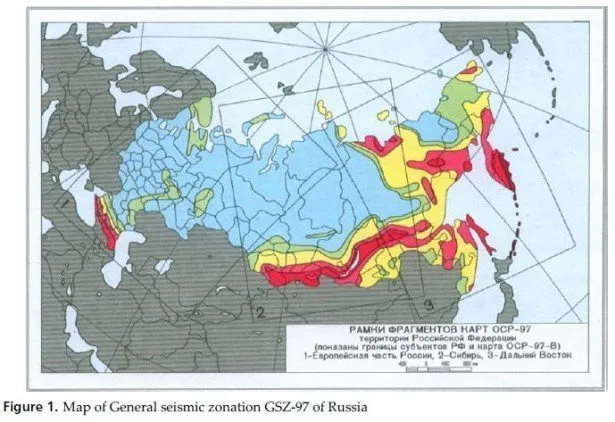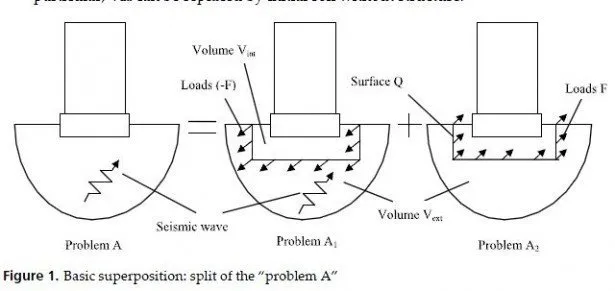Essentially, disasters are human-made. For a catastrophic event, whether precipitated by natural phenomena or human activities, assumes the state of a disaster when the community or society affected fails to cope. Earthquake hazards themselves do not necessarily lead to disasters, however intense, inevitable or unpredictable, translate to disasters only to the extent that the population is unprepared to respond, unable to deal with, and, consequently, severely affected. Seismic disasters could, in fact, be reduced if not prevented. With todays advancements in science and technology, including early warning and forecasting of the natural phenomena, together with innovative approaches and strategies for enhancing local capacities, the impact of earthquake hazards somehow could be predicted and mitigated, its detrimental effects on populations reduced, and the communities adequately protected.
After each major earthquake, it has been concluded that the experienced ground motions were not expected and soil behavior and soil-structure interaction were not properly predicted. Failures, associated to inadequate design/construction and to lack of phenomena comprehension, obligate further code reinforcement and research. This scenario will be repeated after each earthquake. To overcome this issue, Earthquake Engineering should change its views on the present methodologies and techniques toward more scientific, doable, affordable, robust and adaptable solutions.
A competent modeling of engineering systems, when they are affected by seismic activity, poses many difficult challenges. Any representation designed for reasoning about models of such systems has to be flexible enough to handle various degrees of complexity and uncertainty, and at the same time be sufficiently powerful to deal with situations in which the input signal may or may not be controllable. Mathematically-based models are developed using scientific theories and concepts that just apply to particular conditions.
Thus, the core of the model comes from assumptions that for complex systems usually lead to simplifications (perhaps oversimplifications) of the problem phenomena. It is fair to argue that the representativeness of a particular theoretical model largely depends on the degree of comprehension the developer has on the behavior of the actual engineering problem.
Predicting natural-phenomena characteristics like those of earthquakes, and thereupon their potential effects at particular sites, certainly belong to a class of problems we do not fully understand. Accordingly, analytical modeling often becomes the bottleneck in the development of more accurate procedures. As a consequence, a strong demand for advanced modeling an identification schemes arises.
Cognitive Computing CC technologies have provided us with a unique opportunity to establish coherent seismic analysis environments in which uncertainty and partial dataknowledge are systematically handled. By seamlessly combining learning, adaptation, evolution, and fuzziness, CC complements current engineering approaches allowing us develop a more comprehensive and unified framework to the effective management of earthquake phenomena. Each CC algorithm has well-defined labels and could usually be identified with specific scientific communities. Lately, as we improved our understanding of these algorithms strengths and weaknesses, we began to leverage their best features and developed hybrid algorithms that indicate a new trend of co-existence and integration between many scientific communities to solve a specific task.
In this chapter geotechnical aspects of earthquake engineering under a cognitive examination are covered. Geotechnical earthquake engineering, an area that deals with the design and construction of projects in order to resist the effect of earthquakes, requires an understanding of geology, seismology and earthquake engineering. Furthermore, practice of geotechnical earthquake engineering also requires consideration of social, economic and political factors. Via the development of cognitive interpretations of selected topics: i) spatial variation of soil dynamic properties, ii) attenuation laws for rock sites (seismic input), iii) generation of artificial-motion time histories, iv) effects of local site conditions (site effects), and iv) evaluation of liquefaction susceptibility, CC techniques (Neural Networks NNs, Fuzzy Logic FL and Genetic Algorithms GAs) are presented as appealing alternatives for integrated data-driven and theoretical procedures to generate reliable seismic models.



